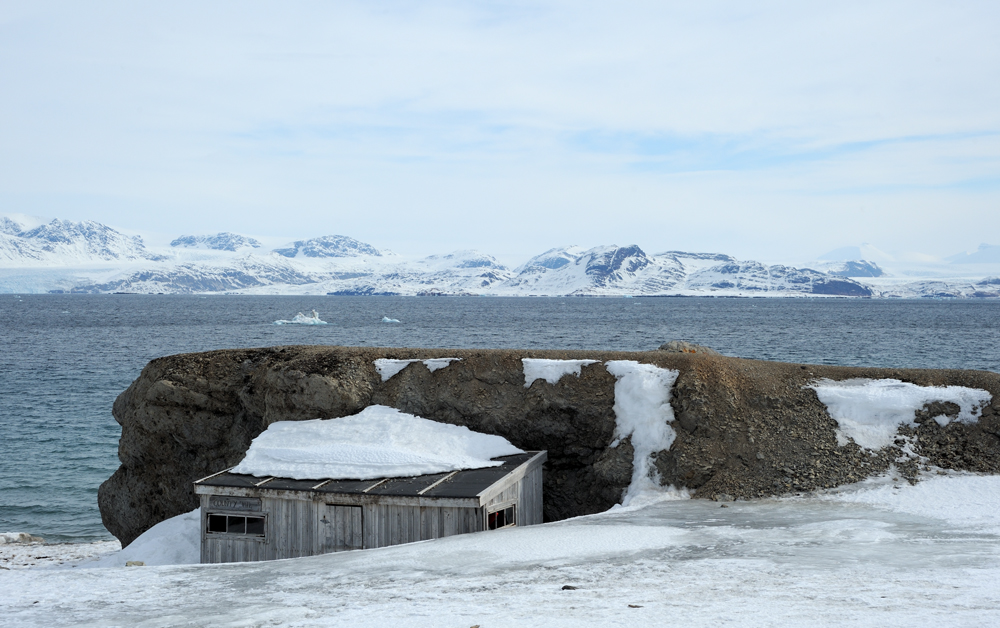
Spitsbergen
Spitsbergen. What, why, and how.
Spitsbergen. Voyage. Longyear
Spitsbergen. Ymerbukta
Spitsbergen. Esmarkbreen
Spitsbergen. Nansenbreen. Borebreen
Spitsbergen. Whiteout
Spitsbergen. Borebreen. Vintervegen
Spitsbergen. Klampebreen. Osbornebreen
Spitsbergen. Osbornebreen. Three Crowns
Spitsbergen. Fatumbreen
Spitsbergen. Kings Bay
Ny-Alesund is the most northern permanent civil human settlement. 78°55′30″N 11°55′20″E. Very-very close to the 79 parallel, and on souvenirs they usually print 79 degrees, even it is not really true. The north-west of Spitsbergen, Oskar II Land, the south side of Kongsfjorden ака Kings Bay.
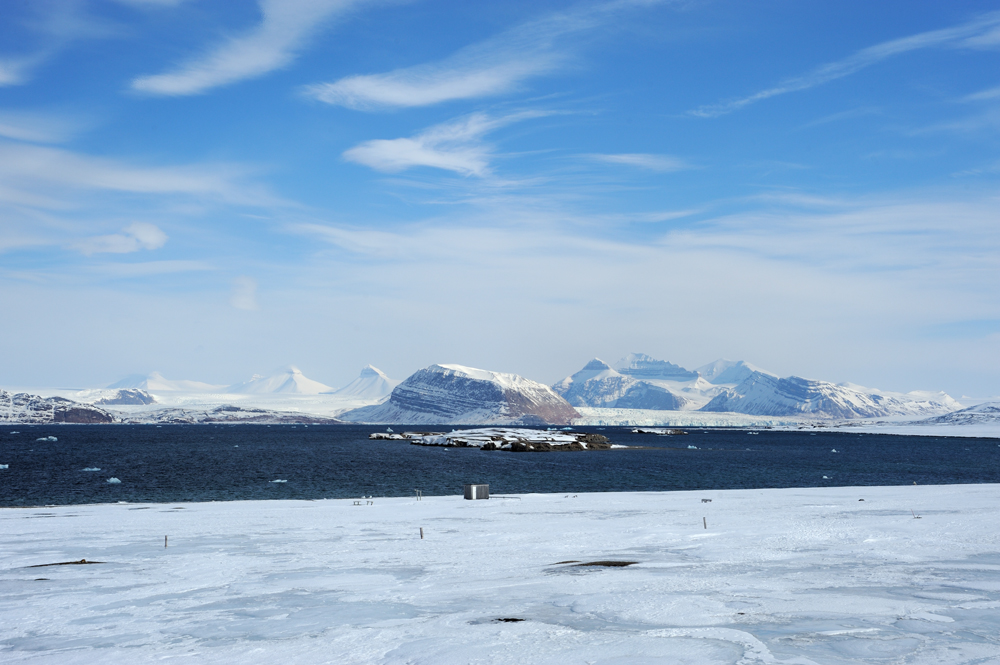
In this region, Europeans appeared at the beginning of the XVII century. At that time it was whalers and hunters, and settlement was functional only in summertime. The coal was found in Ny-Alesund already in 1610. In the XVII century they can only accept this knowledge, but in the XIX century, it has a practical interest. And the geological expedition of 1861-68 confirmed the presence of potential coal deposits, and the mining started in 1901. The settlement Ny-Alesund was founded in 1909 by the coal company.
Despite the other Spitsbergen settlements, Ny-Alesund was not destroyed during World War II. The quality of housebuilding in those times was very good, the climate is conductive (no termites, no mould, everything froze away), so many buildings of the settlement exist for many decades and most of them still used.
This is the oldest house, it was built in the year of Ny-Alesund foundation.

The post office was built just a little later, in the first year of the settlement, and served as a postoffice till 2001. After it was transferred to the administrative building. Of course, Ny-Alesund post office is the most northern post office in the world. The picture on the building is the emblem of the Norwegian Crown Post.
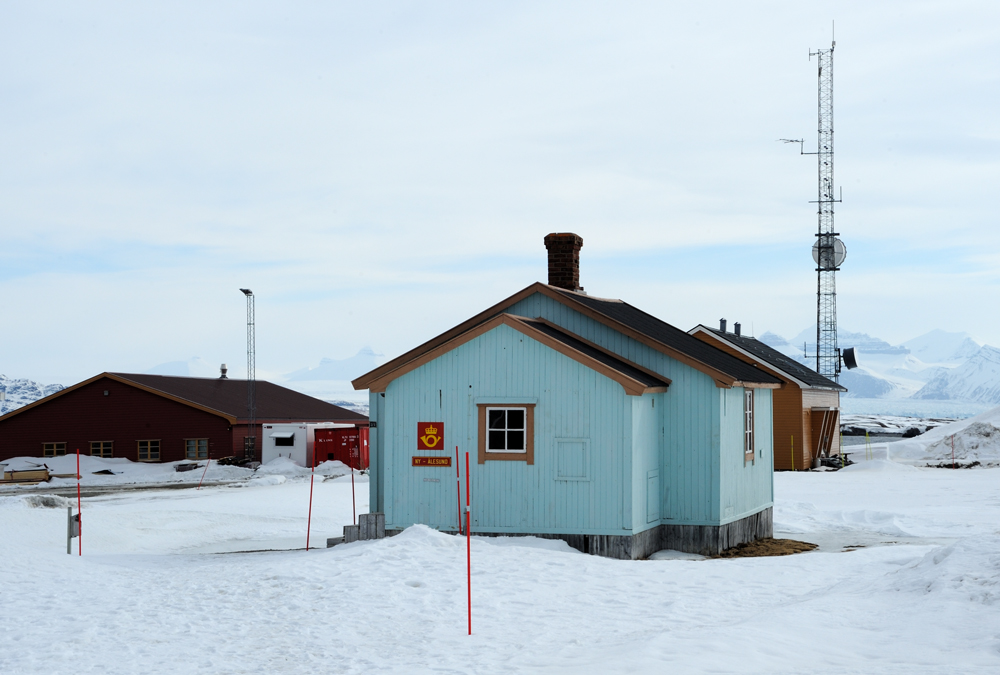
The coal was actively mined in Ny-Alesund till 1929.
This train was built in Berlin in 1909 and taken to Ny-Alesund in 1917. It transferred coal from the mine to the pier.
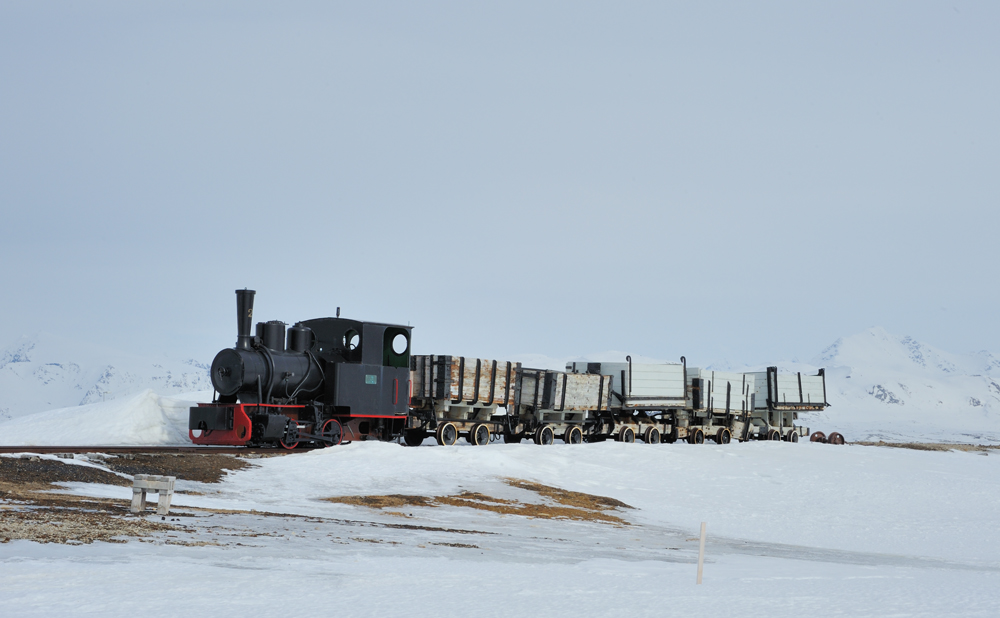
The Norwegian government resumed the mining in 1945 under its financial wing, but in 1962, after the accident that took lives of the 21 miners, the mine was closed.
However, not only coal was the interest of Ny-Alesund habitants.
Ny-Alesund is the closest to North Pole human settlement. Only 1231 km to the Pole. More than that, it is the closest to the Pole human settlement with developed transportation and communication. And it was such settlement in 1925. It had the port with regular navigation and a telegraph.
The port. Of course, it is a modern one, but it is about the same as 100 years ago despite the ponton mooring for kayaks.
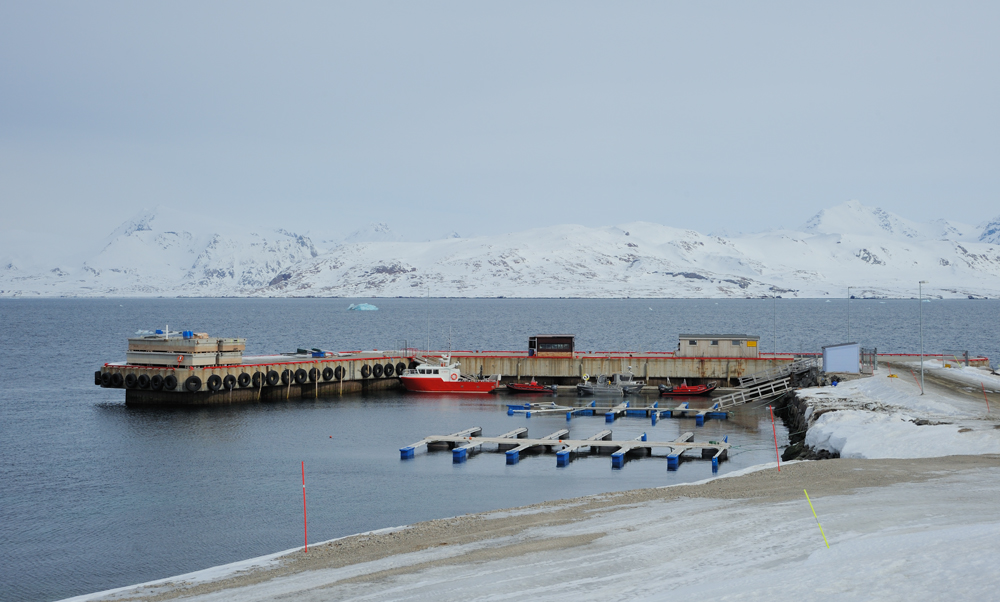
The historical telegraph.
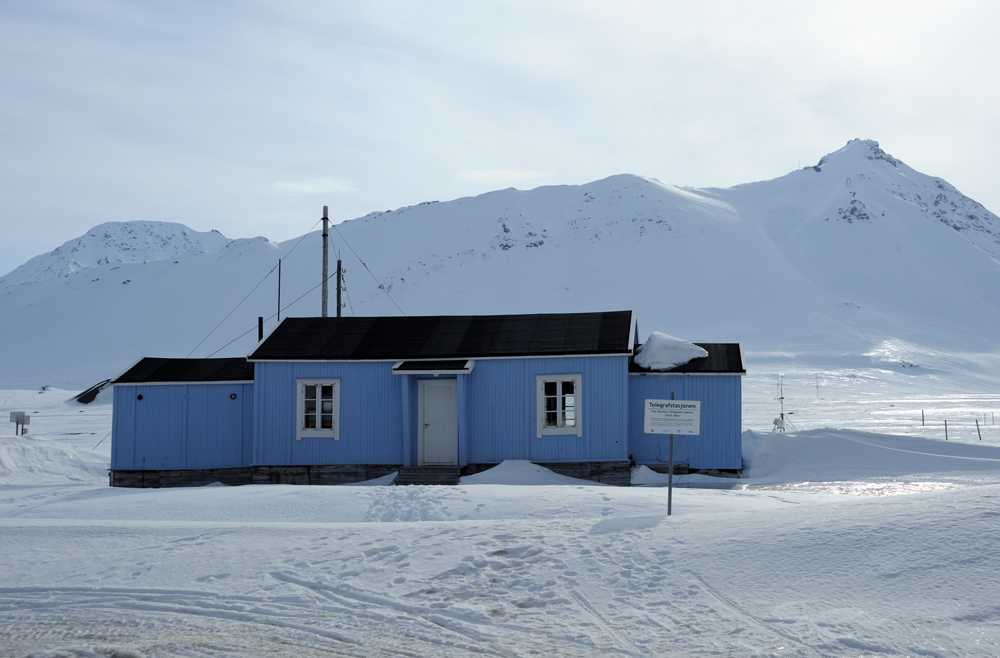
Because of this, Ny-Alesund was chosen by Rual Amundsen as a base for North Pole approach by air.
Middle of the town with Amundsend monument.

Monument.

In 1925 Amundsen arrived into Ny-Alesund and founded his base there. He brought hydroplanes that he used for his first attempt to reach the North Pole. The attempt ended with an emergency landing, but the expedition safely returned to the base.
Amundsen was not the person who can give up. The second attempt was made with Umberto Nobile by an airship. The airship was transported from Italy and kept in the special hangar.
Parking tower:
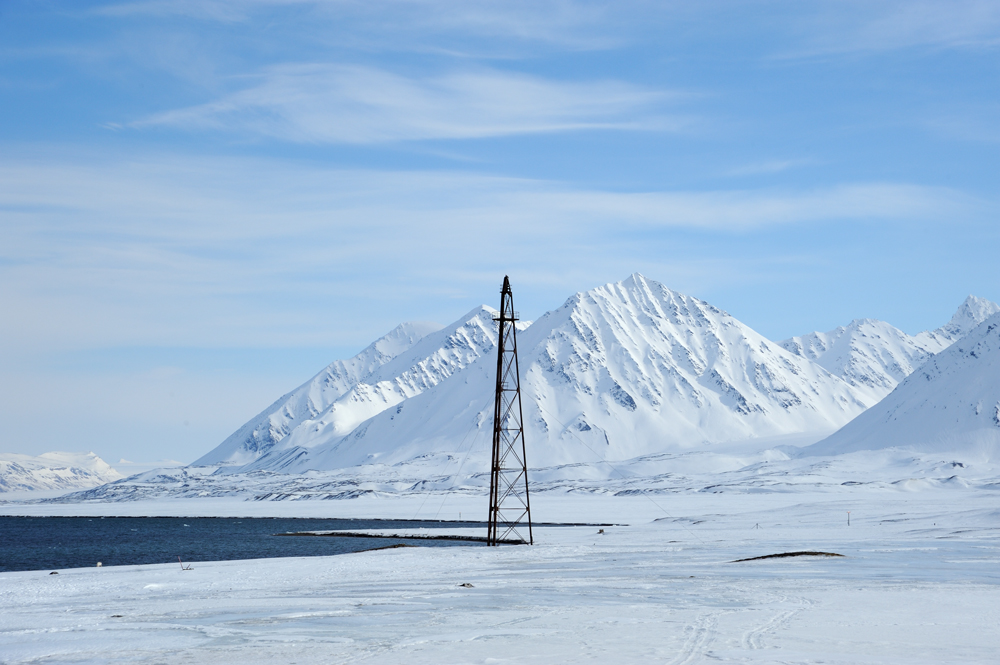
On May 11, 1926, the airship “Norge” with Amundsen and Nobile started from Ny-Alesund, flew over the Nort Pole and landed on Alaska. It was the first time when people had seen the Nort Pole.
In 1928 Nobile decided to reach the Pole again on the airship “Italy”. Nobile with the crew reached the Pole, but the airship crashed on its way back. The Ny-Alesund became the centre of the rescue operation. Nobile and the part of the crew were rescued, but Amundsen died trying to find Mobile using a hydroplane.
In 30-s coal mining slowed down, but the place was too good to abandon it, so the town transformed into a fishery base and a tourist centre. A hotel and a bar were built. And tourists started to arrive. Many people wanted to see the Arctic from the comfort of the tea-room. The new bigger hotel was built in 1938. It still functions as a hotel, we spent the night in it (it was renovated inside, of course). “North Pole” is its name.

In 60-s, after the final mining closing, Ny-Alesund started to convert into the science centre, and now it is only its function. About ten countries have their stations here, and there are facilities for visitors from other places.
The entrance to the Chinese station.
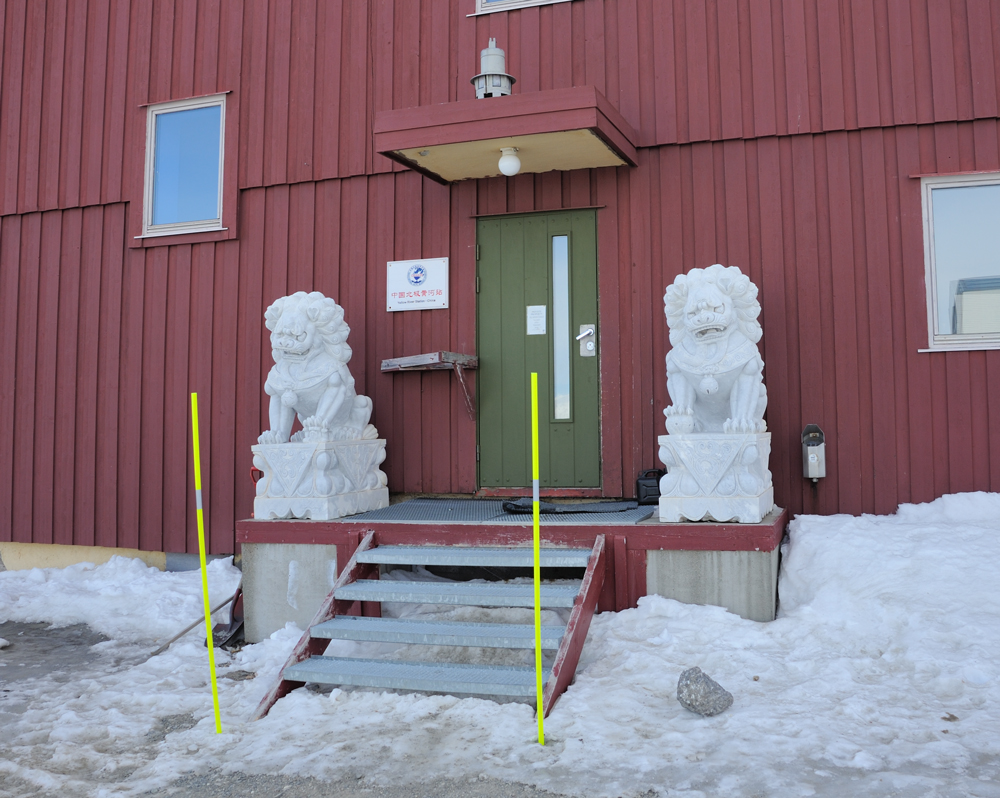
The place is very attractive for many different areas: astronomy, atmosphere study, glaciology, geology, biology, hydrobiology, and station of satellite monitoring.
During the winter there are less than 30 people in the town, but in the summer season – more than a hundred. When we came to Ny-Alesund it was the beginning of the high season, and people just started to arrive.
The life organization in Ny-Alesund is pretty unusual. There is a huge administrative centre in the town with a dining room, a hall, a library, a big conference room, a bar (it works only on Saturday evenings). For work and sleep people use their own buildings, but for meal and communication come to the common building. Meals are served in the dining room three times a day, and it is the only possibility to eat for everybody in the town. The room in the hotel going only together with a meal plan. If you miss mealtime or just become hungry during the night there are a full refrigerator and a table with snaks in the dining-room.
There is a shop in the town with some small things like shampoo, razors, chips, alcohol and souvenirs. The shop works two hours once a week. Also, it opens when the boat with tourists come from Longyear (also for couple hours).
In spite of the shop, the museum in the town works 24/7. It is the northern museum in the world, it is absolutely free, and it is always open. The light and screens switch on by motion sensors. It is a very interesting and well-made museum about the history of Ny-Alesund. I very recommend it if you will be here. The only negative thing about it – it doesn’t have heating.
Tourists are not really welcome in Ny-Alesund. Of course, nobody kicks you away if you came into the town, but they intentionally don’t develop touristic business. There are scheduled plane traffic several times a week between Longyear and Ny-Alesund, but nobody sells you a ticket outside Ny-Alesund if you are not a scientist with a planned visit. We thought to start our trip in Ny-Alesund but were stopped by these circumstances. However, if you come to Ny-Alseund on foot, they will sell you ticked to Longyear, if they have places.
There are boat tours from Longyear to Ny-Alesund, but they strictly restricted by the number of people and frequency the of visits.
It is understandable, the town is stuffed with equipment. The moving inside the town is allowed on by roads because any shortcuts can cause damage to the equipment or just bring some disturbance in records.
Every person in NY-Alesund gets an instruction on 40 pages how to use the town (there is a copy in every room in the hotel).
For example, using of cell phoner and wi-fi is strictly prohibited in Ny-Alesund and 20 km around. Satellite phones are allowed, by the way. Wi-fi interferes with scientific equipment, they use the same frequency. Of course, the internet is available, but only by a cable. The shop makes money selling adapters for phones and tablets.
All garbage from the town is transported to inland Norway, so they have 40 (!) types of recycling. We spent some time trying to understand to which group some of our garbage belongs.
There is a minimal amount of staff in the town, so everything based on self-serving. The hotel was empty (the key we got from the administrator of the town). It was a note in the room that room will be cleaned only ofter a guest departure, but if a guest wants fresh linens or towels, he/she can go to the laundry and take clean one from the shelf.
Because there are no strangers in the town, it is a place of common trust. You can leave anything on the street – nobody takes it. There is a box on the hall wall to collect money for using kayaks, boat or other outdoor equipment, just check the pricelist and put money down.
They asked to minimize car usage – only if you go outside the town (there are the airfield and some stations outside) or need to transfer something heavy. In other cases, feet or bikes are suggested. They really drive bikes, just among the snow piles.
As anywhere on Spitsbergen it is prohibited to leave the town without a rifle. Because of bears. Here is the sigh about this on the Station for rifle unload (it is the official name of this tube in the ground).
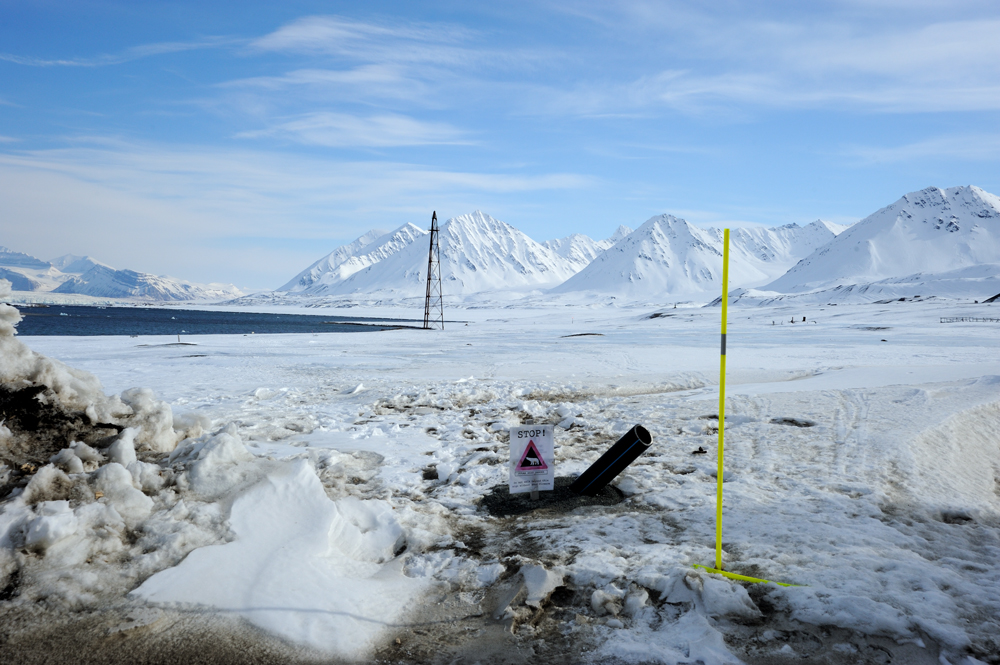
Couple view of the town.

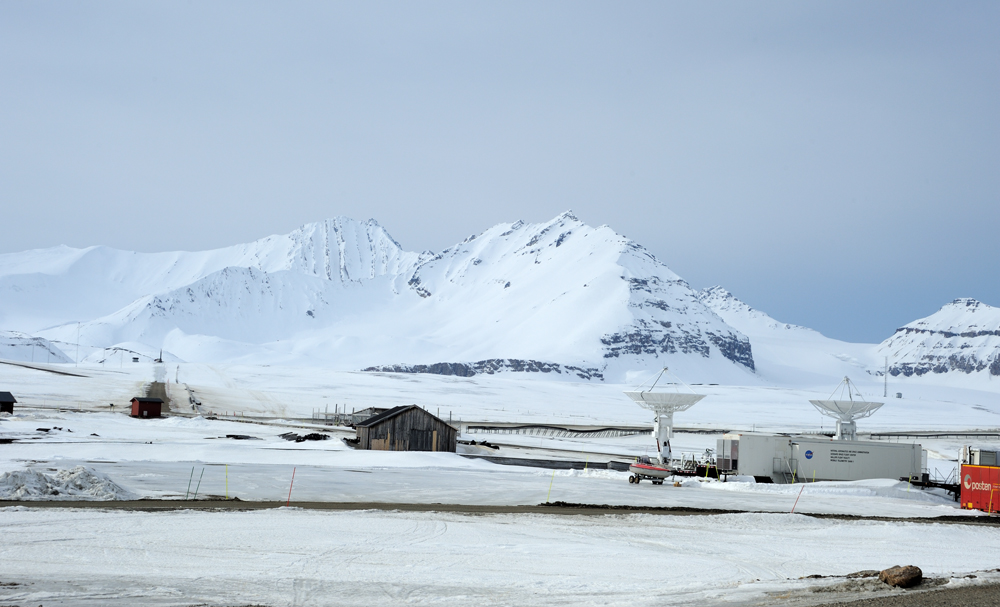
The nice tone, the nice people, I would be glad to work here for a season in another life.
To be continued…